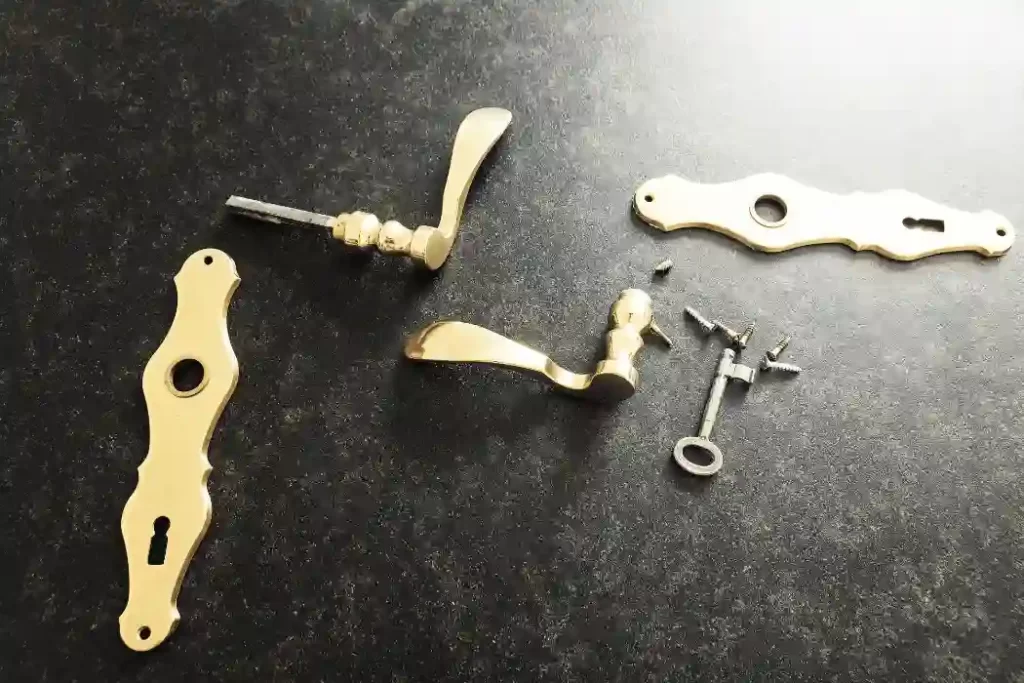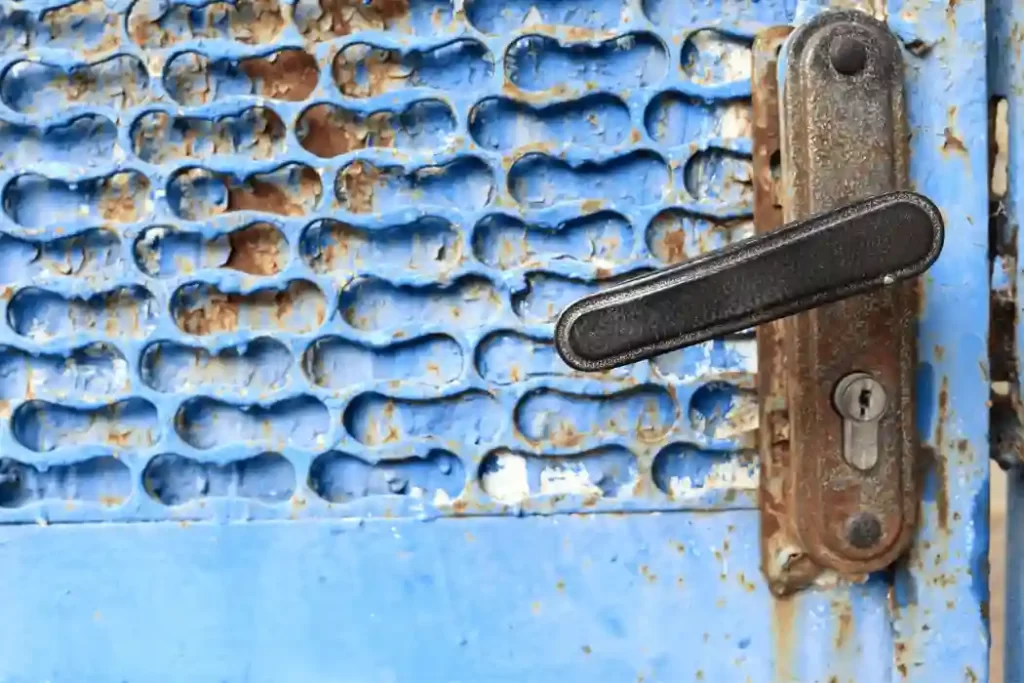When it comes to the overall aesthetic appeal and functionality of a door, one element that often gets overlooked is the door knob. Door knobs not only serve as a means to open and close doors but also contribute to the overall design and security of a space. Understanding the different parts of a door knob and their functions can help you make informed decisions when selecting the perfect knob for your doors. In this article, we will delve into the intricacies of door knobs and provide you with a comprehensive guide to mastering their different parts.
The Anatomy of a Door Knob
The Backplate
The backplate, also known as the rosette, is the circular plate that attaches to the door surface. It acts as a decorative element and provides a covering for the hole in the door created for the knob’s installation. Backplates come in various designs and finishes, allowing you to customize the look of your door. Understanding the different parts of a door knob is essential for any home renovation project involving door upgrades.
The Knob or Lever
The knob or lever is the part of the door knob that you physically grasp to operate the door. It can come in a variety of shapes, sizes, and materials, depending on your personal preference and the overall style of your space. Knobs are typically spherical in shape, while levers offer a more ergonomic design that is easier to grip, especially for individuals with limited hand mobility.

The Spindle
The spindle is the rod that connects the knob or lever to the latch mechanism inside the door. When you turn the knob or lever, it rotates the spindle, which in turn operates the latch to open or close the door. The spindle is an essential part of the door knob mechanism and ensures smooth and reliable operation.
The Latch
The latch is the mechanism that keeps the door closed when it is in the locked position. It consists of a metal plate with a beveled edge that fits into the strike plate on the door frame, preventing the door from being easily opened. When the knob or lever is turned, the latch retracts, allowing the door to open.
The Strike Plate
The strike plate is a metal plate attached to the door frame that receives the latch when the door is closed. It provides stability and reinforcement for the latch, ensuring that the door remains securely closed. The strike plate is an integral part of the door knob assembly and plays a vital role in the overall security of the door.
Choosing the Right Door Knob
Selecting the right door knob for your specific needs involves considering several factors, including functionality, aesthetics, and security. Here are some key points to keep in mind when choosing a door knob:
Functionality
Consider the intended use of the door and the level of privacy or security required. For instance, a bathroom door might require a locking mechanism, while a closet door might only need a non-locking knob for easy access. Additionally, consider whether you prefer a knob or a lever handle, as lever handles can be more convenient for individuals with disabilities or mobility issues.
Aesthetics
Door knobs come in a wide range of designs, finishes, and materials. Choose a style that complements the overall decor of your space. Whether you prefer a sleek and modern look or a more traditional and ornate design, there is a door knob to suit every taste.
Security
If security is a primary concern, opt for a door knob with a high-quality locking mechanism. Look for knobs that offer advanced features such as keyless entry or integrated smart home compatibility for added convenience and security.
Maintaining Your Door Knobs
Proper maintenance of your door knobs can ensure their longevity and optimal performance. Here are a few tips to keep your door knobs in excellent condition:
- Regular Cleaning: Clean your door knobs periodically using a mild soap and water solution. Avoid using harsh chemicals or abrasive cleaners as they can damage the finish.
- Lubrication: Apply a small amount of lubricant, such as silicone-based spray, to the moving parts of the door knob, including the spindle and latch. This will help prevent friction and ensure smooth operation.
- Tighten Loose Screws: Check the screws that secure the door knob to the door periodically and tighten them if necessary. Loose screws can affect the stability and functionality of the knob.
- Address Issues Promptly: If you notice any issues with your door knobs, such as difficulty turning or a loose handle, address them promptly to prevent further damage. In some cases, professional repair or replacement may be necessary.
Conclusion
Mastering the different parts of a door knob is essential for anyone seeking to enhance the functionality, security, and overall aesthetics of their doors. By understanding the role of each component and considering factors such as functionality, aesthetics, and security, you can confidently choose the perfect door knob for your space. Remember to maintain your door knobs regularly to ensure their long-lasting performance. With this knowledge in hand, you are well-equipped to make informed decisions when it comes to selecting and maintaining door knobs that will elevate your doors to new heights of style and functionality.

